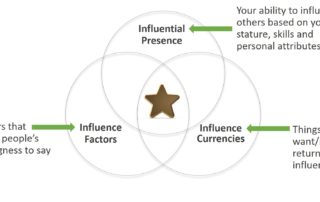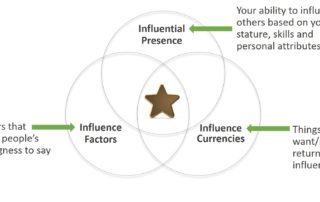7 key CIO influence strategies
This post was first published in my “Driving IT Productivity” column on CIO.com and has been updated from its original form. As a CIO or other IT executive, the ability to influence other C-Suite executives, vendors, clients, and others is key to both IT’s organizational impact and the CIO’s effectiveness and professional branding. When people think about influencing others, they often think about short term tactics that are sales-like in approach and appearance. While influence techniques can certainly be used in this way and for this purpose, I would like you to widen your thinking and perspective on influence within the workplace and influence in general. Below are seven key influence strategy types that CIOs and others within IT can use alone or in combination to meet your desired outcome. 1. Strategic Influence: Strategic Influence is taking a long-term holistic approach regarding the type of influence you would like to provide at a future time. This could be thought leadership in a business, technical or social arena. It could also be quietly and efficiently building the credibility, connections, skills, knowledge and/or infrastructure for use at a future time. As a CIO, strategic influence can mean building IT’s leadership role in Digital Transformation, Machine Learning, Internet of Things and/or technical and/or industry-specific trends. This long-term strategic influence not only enhances IT organization clout and value to the organization it serves, it also enhances your professional brand as the business and technical leader. 2. Tactical Influence: Tactical Influence is using specific short-term influenced-based tactics [...]




